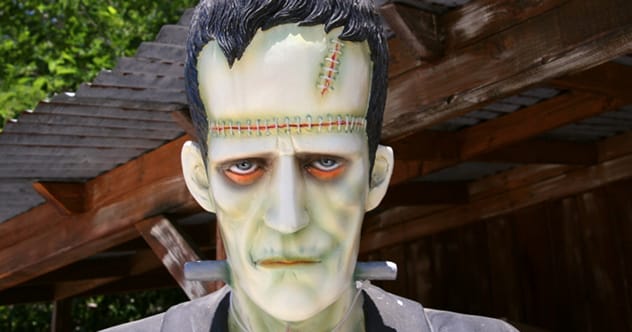Frankenstein is a cornerstone of Gothic horror, inspiring countless films and shaping modern horror. But the story behind the novel is as captivating as the tale itself. Let’s delve into ten surprising facts about Frankenstein’s monster.
1. It Started as a Contest

In the summer of 1816, Mary Godwin (later Mary Shelley), her lover Percy Bysshe Shelley, John William Polidori, and Claire Clairmont visited Lord Byron in Geneva, Switzerland. Due to the unusually dreary weather, the group entertained themselves by reading German ghost stories. Inspired, Byron challenged them to write their own supernatural tales to see who could create the best one.
Byron only wrote fragments, and Polidori initially struggled but later created a story based on Byron’s ideas. Mary had a dream of a corpse returning to life, which spurred her to begin Frankenstein. Percy encouraged her, and over the next year, she expanded her initial short story into a full novel.
2. Thomas Edison Made a Frankenstein Movie
In 1910, Edison Studios produced the first motion picture adaptation of Frankenstein. This 12-minute film, loosely based on the novel, was considered sacrilegious and was lost until a private collector discovered it in the 1950s. The adaptation includes the monster being created in a cauldron, a scene reminiscent of orc births in The Lord of the Rings.
3. The Classic Film Differs Greatly From the Book
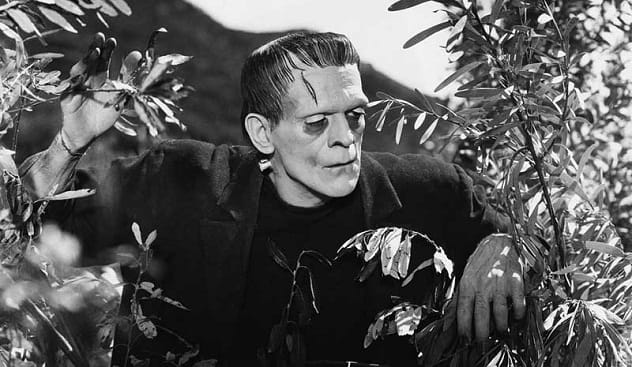
The 1931 film starring Boris Karloff, as well as many subsequent movie adaptations, took significant liberties with the source material. In the book, the monster speaks eloquently and is quite philosophical. In contrast, Karloff’s monster mainly grunts. The character of Fritz (often mistaken for Igor) doesn’t appear in the novel, and Frankenstein is a college student, not a doctor, when he creates the monster. The movie is based on Peggy Webling’s stage adaptation, whereas Kenneth Branagh’s 1994 film, Mary Shelley’s Frankenstein, is more faithful to the book.
4. Originally Published Anonymously
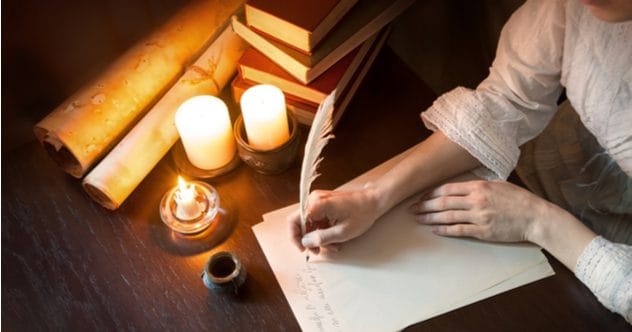
Frankenstein was initially published anonymously in 1818. It was republished in 1823 after its stage debut and again in 1831 with significant revisions. The original edition included an introduction by Mary’s husband, Percy Bysshe Shelley, leading many critics to believe he was the author. Modern critics point to the book’s narrative structure as evidence of an inexperienced writer—Mary herself. She received her first writing credit in the 1823 reprint. Her mother was the famous writer and feminist Mary Wollstonecraft.
5. The Modern Vampire Story Arose From the Same Contest
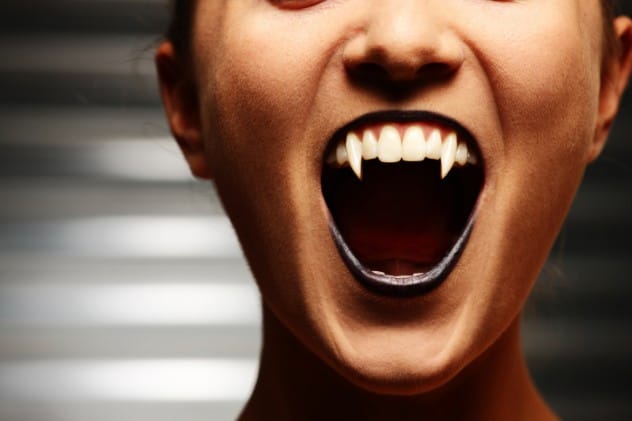
Lord Byron’s fragments from the writing contest included ideas based on German vampire legends. John William Polidori used one of Byron’s concepts to create The Vampyre. Early publications mistakenly credited Byron as the author, but he quickly clarified that the story was Polidori’s work. The Vampyre introduced elements now common in vampire stories: a charming vampire, the act of being invited into a home, a transfixing gaze, and blood-sucking. Bram Stoker’s famous vampire tale, Dracula, was written 70 years later.
6. A Personal Tragedy Inspired Mary
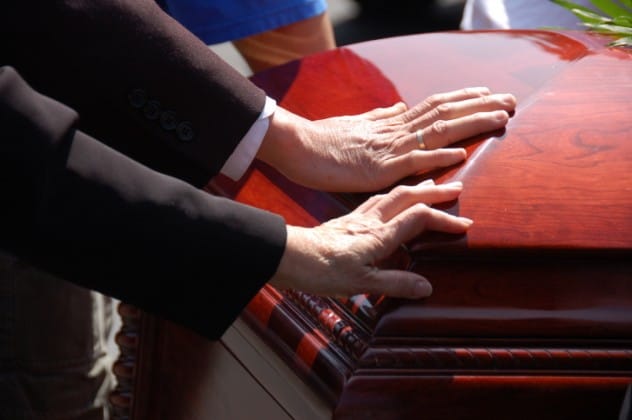
Mary’s dream of a corpse coming back to life was influenced by personal tragedy. In 1815, she gave birth to a premature daughter who died 11 days later. This incident inspired the back-to-life theme in Frankenstein. Mary Shelley lost three children in all, with only one surviving to adulthood, Percy Florence Shelley, who had no offspring. Therefore, there are no direct living descendants of two of the 1800s’ most famous writers.
7. The Names Were Carefully Chosen
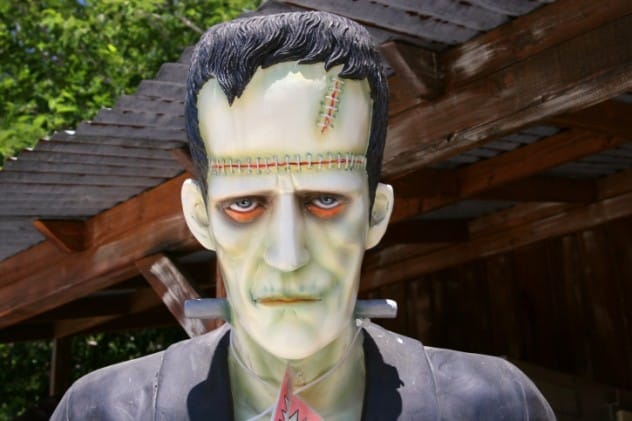
The scientist is named Victor Frankenstein, and the creature has no name. One of the titles used by the creature is “The Adam of your labors,” drawing parallels to God creating Adam. The name Victor is believed to be an allusion to Milton’s Paradise Lost, where God is seen as the “victor.” The monster reads Paradise Lost and empathizes with the Devil, highlighting Milton’s influence on the work.
“Frankenstein” translates to “Stone of the Franks.” Castle Frankenstein, where chemist Konrad Dippel allegedly experimented with human bodies, may have inspired Mary. It is said that Mary and Percy visited the castle on their way to Switzerland.
8. Initial Controversy and Critical Reviews
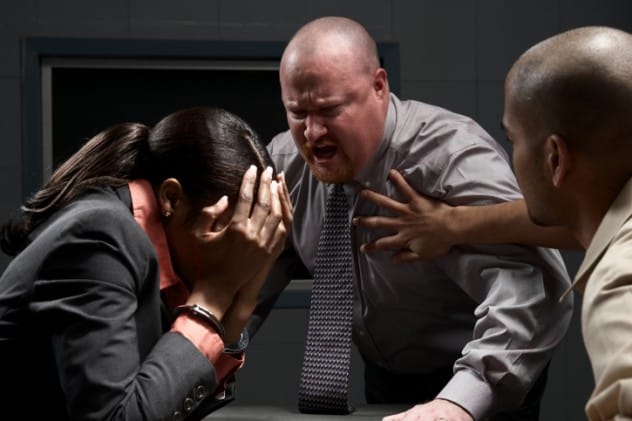
The book sparked controversy due to its God allusions. Frankenstein’s claim that he couldn’t explain how he created the monster mirrored the biblical story of God creating light. As a god-like figure, Frankenstein is portrayed as aloof and unaware of his creation. The subtitle “The Modern Prometheus” references the Greek myth of Prometheus, who created man against Zeus’s wishes and suffered eternally. The lengthy monologues and confusing introduction also contributed to poor reviews.
Furthermore, Victor’s incestuous feelings towards his adopted sister added to the controversy, even in the 1800s.
9. Percy Shelley’s Possible Love Triangle

Mary’s mother was Mary Wollstonecraft, a famed feminist who had children “unconventionally.” Mary had two half-siblings: Fanny Imlay and Claire Clairmont. Although Mary won Shelley’s heart, Fanny also had feelings for Percy. She never recovered from losing him to her younger sister. Fanny remained in contact with the couple but struggled and eventually committed suicide. Clairmont had a child with Lord Byron, but rumors suggested Shelley was the father. These factors contributed to Fanny’s tragic end.
10. A Contest Marked by Tragedy
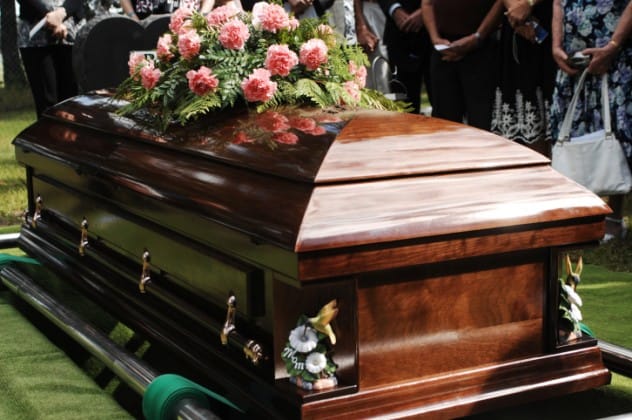
Percy Bysshe Shelley drowned in 1822. Lord Byron died in 1824, likely from sepsis. John Polidori committed suicide in 1821. Mary survived until 1851 but died of a brain tumor. While drawing parallels in history can be subjective, it’s notable that the only participant from that fateful weekend to live a long life was Claire Clairmont—the only one who didn’t partake in the writing challenge.
+ A Legacy of Frankenstein Films
Beyond the Edison film and the classic Karloff film, there have been numerous movies featuring Frankenstein’s monster, some quite unconventional. Jesse James Meets Frankenstein’s Daughter and Abbott and Costello Meet Frankenstein are prime examples. Dracula vs. Frankenstein (1971) features space aliens bringing scientists back to life to resurrect Dracula and Frankenstein’s monster to terrorize the world.
From its contest origins to its lasting impact on popular culture, Frankenstein continues to fascinate and terrify. Which of these facts surprised you the most?
Leave a comment below to share your thoughts!


